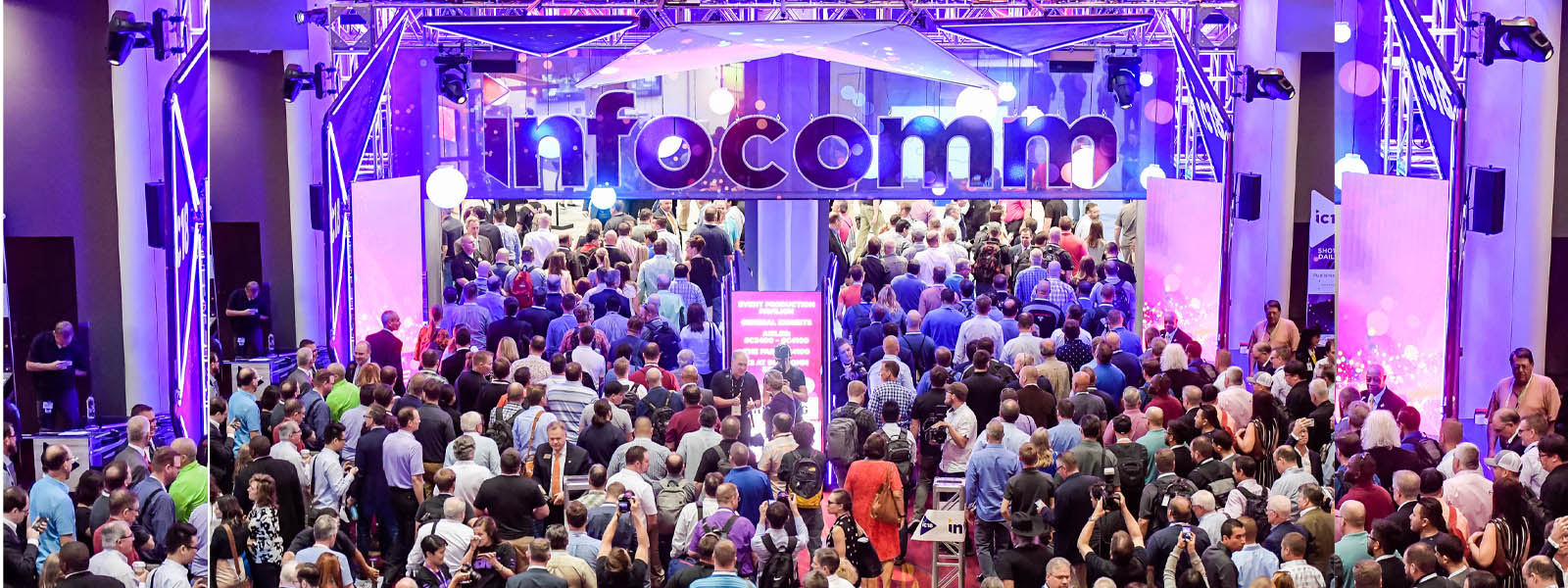The Role Audiovisual Technologies Will Play in Transportation Hubs Post-Pandemic
As travelers, we are used to technology being all around us. The very experience itself is a technological feat, whether flying the skies within one of the latest airliners or cruising the high-speed rails on a bullet train. What we are less likely to immediately notice, though, are the many ways in which technology contributes to and facilitates the experience of travel beyond the vehicles themselves. It’s only in periods of disruption, such as during a global pandemic, when we see the fabric of that technology web changing and so may notice differences. Or, if you happen to come from an association whose membership helps build out the supporting technology mosaic within transportation hubs, then having an eye for all the components becomes an occupational hazard. So, it is for us at the Audiovisual and Integrated Experience Association (AVIXA).
What we are particularly referring to here are all the audio and video elements that are now an integrated part of the hubs we stroll through on our travel journeys. The most prominent are the large number of displays, or digital signage installations, used to communicate updated route and security information to travelers or simply to entertain and inform in waiting areas. Still others serve as menu boards or branding vehicles. Audio systems are also present, in the form of public address systems. And of course, security cameras and monitoring devices hide in the wings as the constant sentries ensuring our safety. These watchful eyes in turn feed control rooms with data for assessing the overall security situation.
The connected web of products represents a growing amount of investment made by travel hubs in the total experience of travel. According to AVIXA’s annual industry forecast of the revenue associated with these investments, transportation is expected to account for US$11.1bn in 2021 global spending on AV products and services like those mentioned above. Due to the impact of Covid-19 on travel as a whole, this is down from the peak year of 2019, when spending hit US$12.3bn, but is up from the worst effects in 2020. In all, AV-related spending fared somewhat better in transportation than other segments of the AV industry due to a need to implement technology to support health and safety guidelines for mitigating viral spread. Signage is perhaps the simplest form of this, with video displays offering distancing and masking instructions. Hybrid signs with temperature screening and facial recognition are more sophisticated examples as well.
How long is growth in this vertical expected to last? Click here to learn more.






